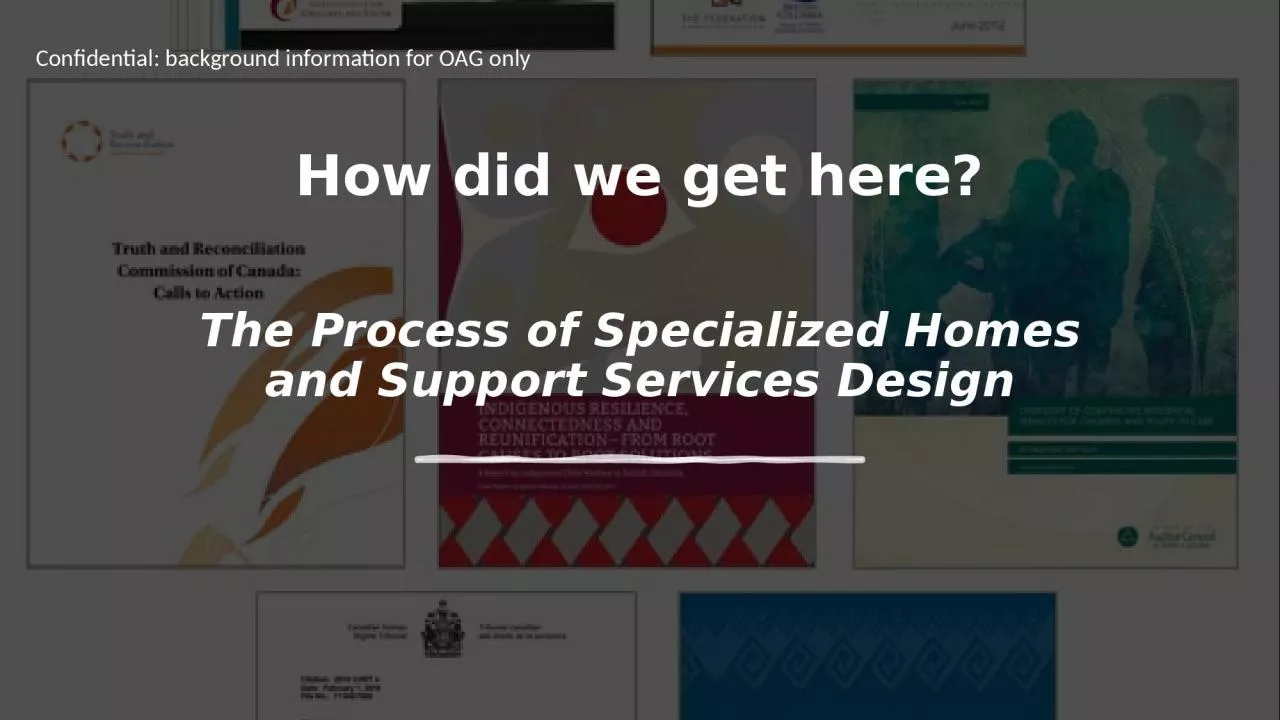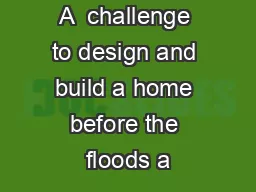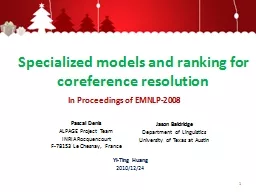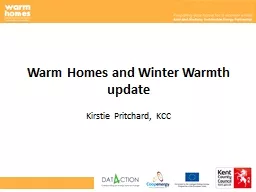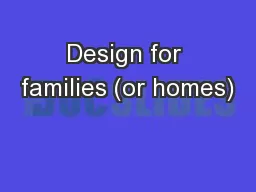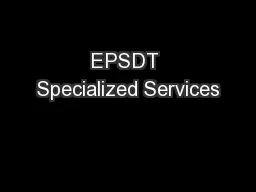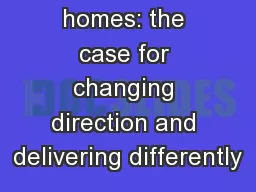PPT-How did we get here? The Process of Specialized Homes and Support Services Design
Author : joy | Published Date : 2024-03-13
Confidential background information for OAG only ACKNOWLEDGING OUR CURRENT CONTEXT IN BC 2022 Coming out of global pandemic we also face these issues Opioid overdose
Presentation Embed Code
Download Presentation
Download Presentation The PPT/PDF document "How did we get here? The Process of Spec..." is the property of its rightful owner. Permission is granted to download and print the materials on this website for personal, non-commercial use only, and to display it on your personal computer provided you do not modify the materials and that you retain all copyright notices contained in the materials. By downloading content from our website, you accept the terms of this agreement.
How did we get here? The Process of Specialized Homes and Support Services Design: Transcript
Download Rules Of Document
"How did we get here? The Process of Specialized Homes and Support Services Design"The content belongs to its owner. You may download and print it for personal use, without modification, and keep all copyright notices. By downloading, you agree to these terms.
Related Documents

